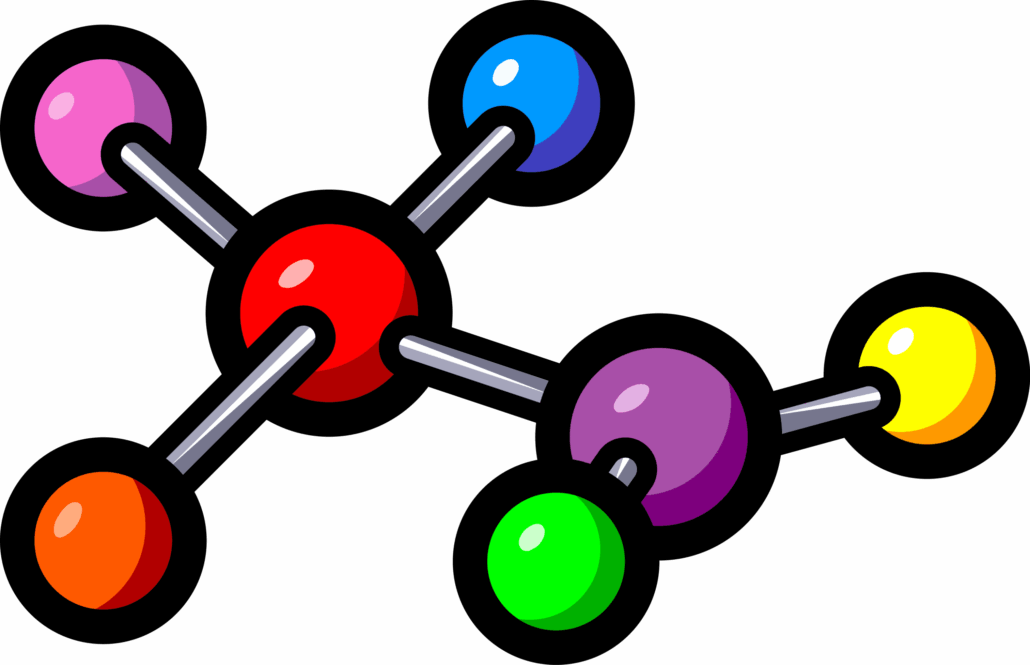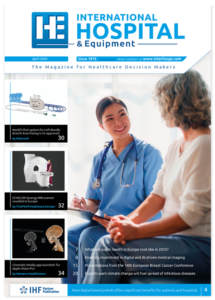Novel synthetic compound shows promise against drug-resistant bacteria
Researchers have developed a novel synthetic compound called infuzide that shows promising activity against multidrug-resistant bacterial infections. The compound demonstrated effectiveness against resistant strains of Staphylococcus aureus and Enterococcus species in both laboratory and mouse studies, potentially offering a new therapeutic approach for treating serious hospital-acquired infections.
A breakthrough in the fight against antimicrobial resistance has emerged from collaborative research between French and Indian scientists, who have developed a synthetic compound that shows potent activity against some of the world’s most dangerous drug-resistant bacteria. The compound, called infuzide, demonstrates significant promise against multidrug-resistant (MDR) strains of Staphylococcus aureus and Enterococcus species – two pathogens designated as high priority by the World Health Organization.
Published in Microbiology Spectrum on 2 June 2025, the research describes comprehensive biological evaluation of infuzide’s antimicrobial potential, including promising results in various mouse infection models.
Addressing critical healthcare threats
Antimicrobial resistance directly causes more than one million deaths annually and contributes to over 35 million more, according to WHO data. S. aureus and Enterococcus species are among the ESKAPE pathogens – a group of bacteria particularly adept at developing resistance to existing treatments and causing dangerous hospital-acquired and community-acquired infections.
“We started the project as a collaboration, looking for ways to synthesise compounds and connecting them with compounds that might have biological activities,” said medicinal chemist Dr Michel Baltas from the Laboratoire de Chimie de Coordination at the University of Toulouse, who co-led the work alongside Dr Sidharth Chopra from the CSIR-Central Drug Research Institute in Lucknow, India.
Mechanochemical synthesis approach
Infuzide emerged from over a decade of interdisciplinary research focused on creating compounds that could act against pathogens in novel ways. The team synthesised 17 new compounds containing hydrazones – inorganic compounds that previous studies have shown to demonstrate antibacterial activity, including against resistant strains.
The researchers employed mechanochemical synthesis, a more environmentally sustainable approach that eliminates the need for expensive and potentially hazardous solvents. “The simplicity of the chemical reactions would make it easy to make large quantities to be used in new treatments,” Baltas noted. “I am sure the same reactions can scale up.”
Selective antimicrobial activity
In laboratory testing, infuzide exhibited selective activity against gram-positive bacteria, showing minimum inhibitory concentrations (MIC) of 1 µg/mL against S. aureus ATCC 29213 and 2 µg/mL against Enterococcus faecium. The compound’s activity was comparable to vancomycin, the current standard of care for resistant infections.
Notably, infuzide demonstrated minimal activity against gram-negative pathogens, except for moderate activity against E. coli. However, when researchers tested the compound in the presence of polymyxin B nonapeptide – a membrane permeabiliser – its activity against gram-negative bacteria increased significantly, suggesting that the outer membrane acts as a permeability barrier.
Rapid bactericidal effects
Time-kill kinetics studies revealed that infuzide exhibits concentration-dependent bactericidal activity, achieving approximately 5.9 log₁₀ CFU/mL reduction within six hours of treatment at 10× MIC. This rapid killing was superior to vancomycin’s performance under similar conditions.
The authors noted that “infuzide exhibits all characteristics required for pre-clinical development as an anti-staphylococcal compound,” including potent activity against clinical drug-resistant strains, concentration-dependent bactericidal activity, and robust in vivo efficacy without inducing resistance.
Synergistic combinations
One of infuzide’s most promising characteristics is its ability to synergise with existing protein synthesis inhibitors. The compound showed clear synergy with linezolid and partial synergy with gentamicin and minocycline. Combination time-kill kinetic analyses confirmed these interactions translate to enhanced bacterial killing in both drug-susceptible and MDR strains.
Promising in vivo results
Animal studies provided crucial proof-of-concept for infuzide’s therapeutic potential. In neutropenic mouse thigh infection models, infuzide treatment (50 mg/kg) achieved bacterial reduction comparable to vancomycin (25 mg/kg). The compound also demonstrated effectiveness in murine skin infection models, showing significant bacterial reduction when applied as a 2% topical formulation.
Importantly, infuzide exhibited favourable safety profiles with minimal toxicity against mammalian cells and no haemolytic activity at concentrations 100 times the MIC.
Resistance prevention properties
A critical advantage of infuzide is its apparent low propensity for resistance development. While levofloxacin induced a characteristic step-wise resistance pattern with 128-fold MIC increase after 45 days of sub-MIC exposure, infuzide induced only minimal change, suggesting it may help preserve treatment options longer than existing antimicrobials.
Future research directions
The research team is exploring modifications to expand infuzide’s antimicrobial spectrum and investigating its effects against other infectious diseases, including tuberculosis. “We have many other candidates to make antimicrobial compounds,” Baltas stated.
The findings represent a significant step forward in addressing the urgent need for new antimicrobial agents. As the authors concluded, infuzide “exhibits all the desired characteristics needed for a comprehensive anti-staphylococcal compound” and “highlights the potential of this scaffold against gram-positive WHO high-priority pathogens.”
Reference
Maitra, R., Saxena, D., Akhir, A., et. al. (2025). Comprehensive biological evaluation of infuzide as a potent antimicrobial, alone and in combination with gentamicin, linezolid, and minocycline targeting MDR Staphylococcus aureus and Enterococcus sp. Microbiology Spectrum. https://doi.org/10.1128/spectrum.00279-25
————————————————–
ESKAPE pathogens
ESKAPE pathogens are a group of six bacterial species that represent the most concerning antibiotic-resistant bacteria in healthcare settings. The acronym ESKAPE stands for:
- Enterococcus faecium
- Staphylococcus aureus
- Klebsiella pneumoniae
- Acinetobacter baumannii
- Pseudomonas aeruginosa
- Enterobacter species
These bacteria are particularly problematic because they have developed resistance to multiple classes of antibiotics, making infections difficult to treat. They’re responsible for a significant portion of healthcare-associated infections and are major contributors to the global antibiotic resistance crisis.
Each pathogen presents specific challenges:
Enterococcus faecium has developed resistance to vancomycin, once considered a last-resort antibiotic.
Staphylococcus aureus includes methicillin-resistant strains (MRSA) that resist beta-lactam antibiotics.
Klebsiella pneumoniae often produces extended-spectrum beta-lactamases (ESBLs) and carbapenemases, breaking down many antibiotics.
Acinetobacter baumannii is notorious for its ability to survive in hospital environments and resist desiccation.
Pseudomonas aeruginosa has intrinsic resistance mechanisms and readily acquires additional resistance genes.
Enterobacter species can develop resistance during treatment through chromosomal mutations.
The World Health Organization has designated several of these as “priority pathogens” for antibiotic development, and they’re collectively responsible for driving much of the current research into new antimicrobial strategies and infection control measures in hospitals worldwide.


